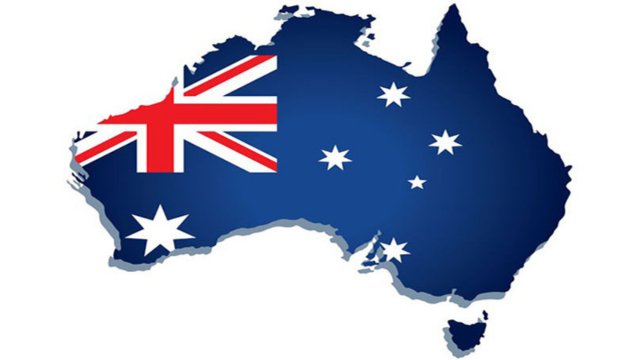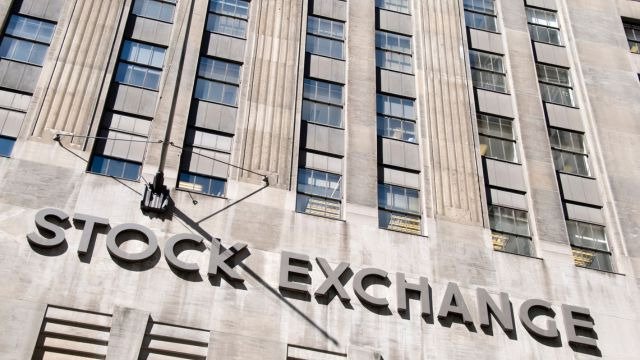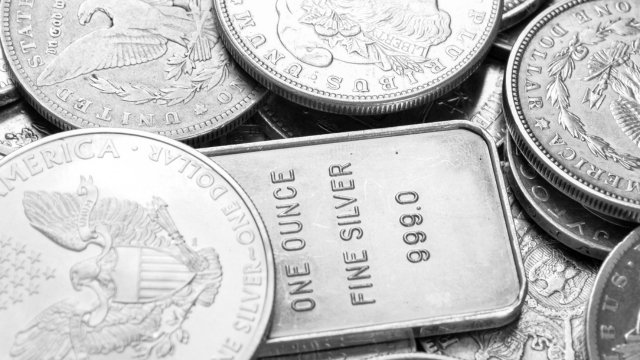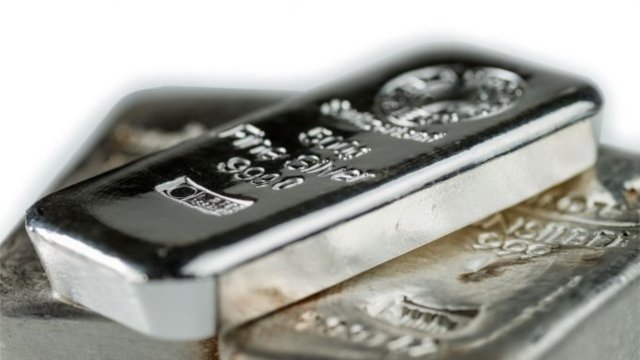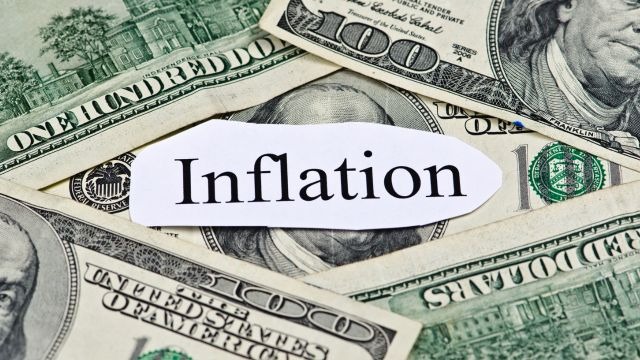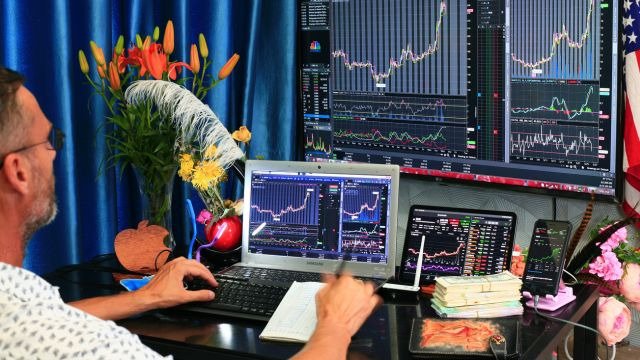RBA Leaves Rates Unchanged, Rules Out Further Cuts; Silver Briefly Touches New Record High; Global Stocks Lower; Markets Await US ADP Data
The following Forex news reports are the latest developments of the Forex market. The news reports are updated frequently and include all the events that affect the foreign exchange trading industry.
Most Recent
Global Stocks Edge Higher; Precious Metals Bullish After New Silver Record High Friday; Japan Looking Ready to Hike; Hawkish Comments from ECN Member
Bitcoin crashed 36% in November, triggering retail panic and ETF outflows—but major Wall Street institutions quietly bought the dip, signaling a profound shift in crypto adoption.
Top Forex Brokers
Global Stocks Gain, Japanese Nikkei 225 Index >2% Today; ADP US Jobs Show Decline; Bitcoin Holding at $93,808 Resistance; Sources Say Japan Likely to Hike Rates This Month
The dominant market data in markets so far today is firm Australian economic growth and Swiss deflation.
Australian GDP Shows Quarterly Growth of Only 0.4%; ADP US Jobs Expected to Show Almost No Creation; Silver Reaches New All-Time High Price; Bitcoin Rising to New 2-Week High
Precious Metals Rise But Fall Back, Led by Silver Reaching New All-Time High Price; Crypto Sector Looking Weak; Asian Stocks Mostly Higher, US Stocks Flat
Precious Metals Rise Strongly, Led by Silver Reaching New All-Time High Price; Bitcoin Sharply Lower Below $90k; Stocks Broadly Lower
S&P 500 Index Close to Regaining November Loss; Bitcoin Trading Above $90,000; Precious Metals Looking More Bullish
Bonuses & Promotions
Australian CPI 3.8%, Rate Cuts Even Les Likely; RBNZ Cuts Rates by 0.25%; US Retail Sales & Consumer Confidence Below Expectations; Bitcoin Advances But Held at $88,487 Resistance Level; Markets Await UK Autumn Forecast
US producer prices rose 0.3% in September while retail sales slowed to 0.2%, prompting dollar weakness and modest stock gains amid delayed data and Fed rate pause expectations.
S&P 500 Index Has Strongest Day in 6 Weeks; Bitcoin Advances But Held at $88,487 Resistance Level; USD/JPY Failing to Get Established Above ¥157.00; Markets Await US PPI & Retail Sales Data
Asian Stock Markets a Bit Higher; USD/JPY Trading Above ¥156.50; Crypto Sector Losing Value
Stablecoins have emerged as the key driver of digital financial infrastructure, bridging traditional finance and DeFi by enabling instant, regulated, and borderless transactions.
US Government Shutdown Ends, But CPI Data Unlikely to be Released; US and European Stock Markets Advance; December Fed Rate Cut Chance Nears 50-50; Precious Metals Higher, Silver Nears Record; USD/JPY Breaks ¥155; Crude Oil Falls on Glut; UK GDP Contracts
